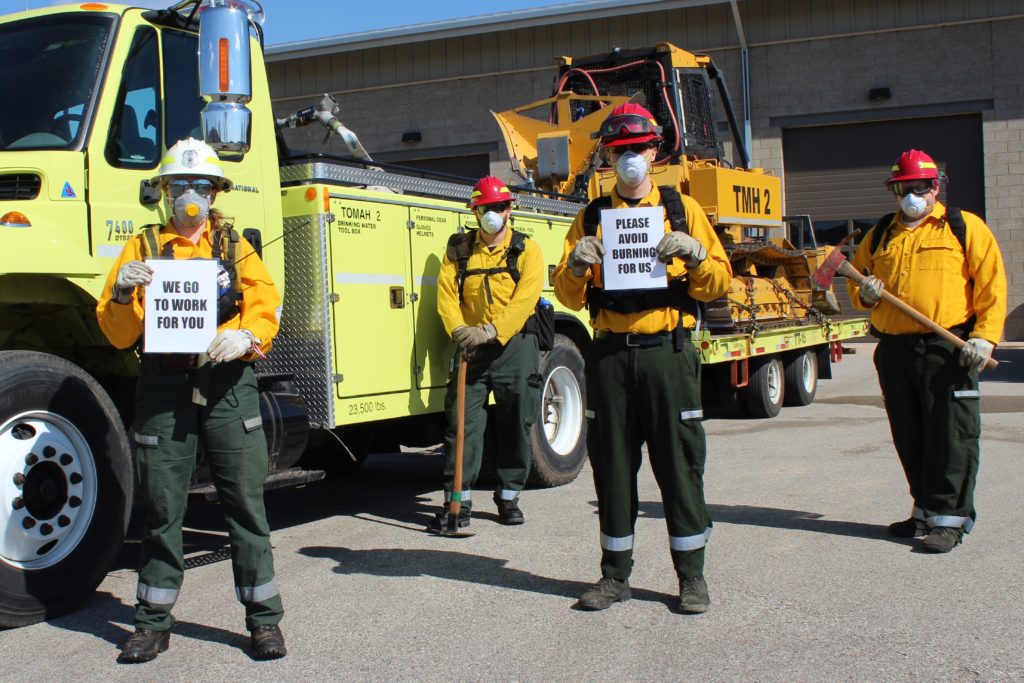“Don’t like the weather? Wait five minutes.” A saying that rings true during spring in Wisconsin. While March signals the beginning of spring fire season for us, it can be interrupted by rainfall and snowstorms. Wet weather gives firefighters a chance to recharge and can be an opportunity for people to burn yard debris while it’s safer to do so.
The yard around your home may currently be filled with an assortment of fallen leaves, pine needles and branches. Recent ice storms in northern Wisconsin have contributed significantly to the volume of debris around our homes. If the recent widespread ice storms have damaged the trees on your property, take some time to assess the damage and realistically determine if you can handle the cleanup yourself or if it’s time to call in some professionals. Watch for damaged branches and bent trees that could fall. Prioritize your physical safety before attempting any cleanup activities.
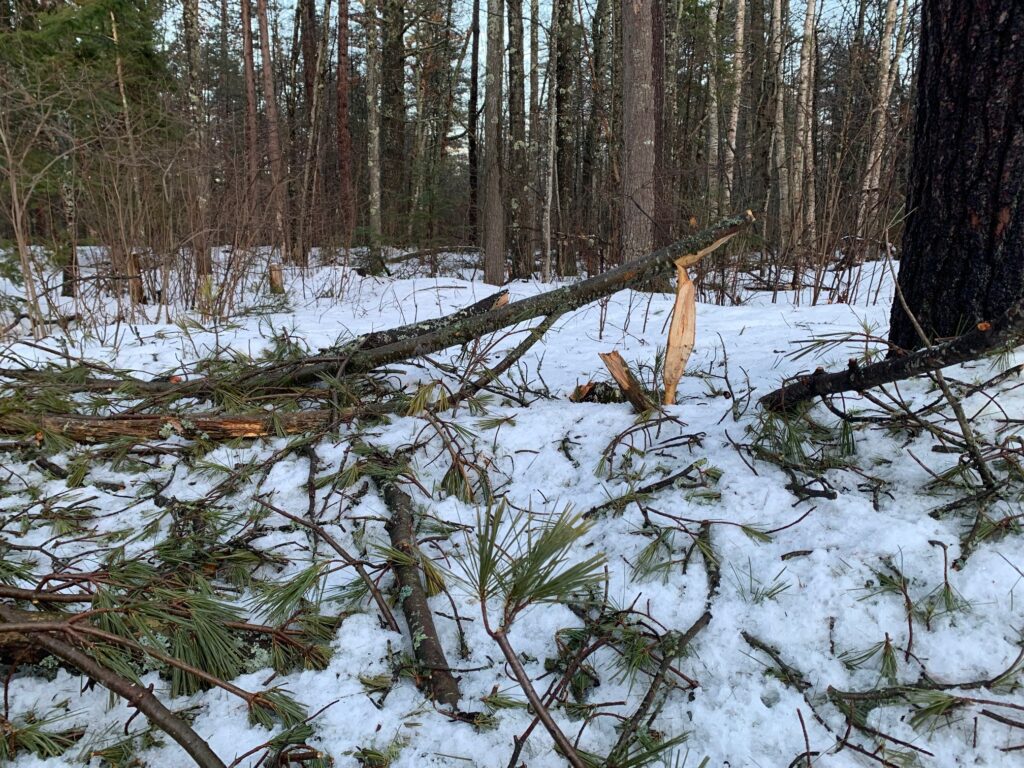
Many places in Wisconsin have experienced damage to trees due to recent ice storms.
You may now wonder what to do with all this debris leftover after winter and those recent ice storms. Some communities have brush collection services or a site where you can drop off leaves, pine needles and branches. Perhaps there’s enough debris on your property to warrant the rental of a brush chipper. Or, if your property is large enough, creating a brush pile away from buildings could serve as a shelter for wildlife. Larger pieces of hardwood could be cut for future use as firewood or campfire logs. If none of these alternatives works for your situation and your community allows for burning the material, timing your burn around periods of wet weather may be the safer choice.
Before you light that match, take the following precautions:
– Check for burning restrictions and permit requirements first. You can find this information on the DNR burning restrictions webpage or by calling your nearest DNR office or fire department. – Check the weather forecast. Delay burning if dry or windy weather is predicted. Be aware of your county’s fire danger forecast by calling 1-888-WIS-BURN or searching “burn” on the DNR website.
– Keep your piles small, with the area around the pile cleared of any burnable vegetation.
– Have an attached hose or other water source handy.
– Stay with the fire until you have completed the burn. Make sure it’s out before you leave by dousing the ashes with water and mixing it in. Then, just to be safe, add more water. If any unburned branches or larger pieces of wood remain unburned, check back frequently to make sure this material hasn’t reignited.
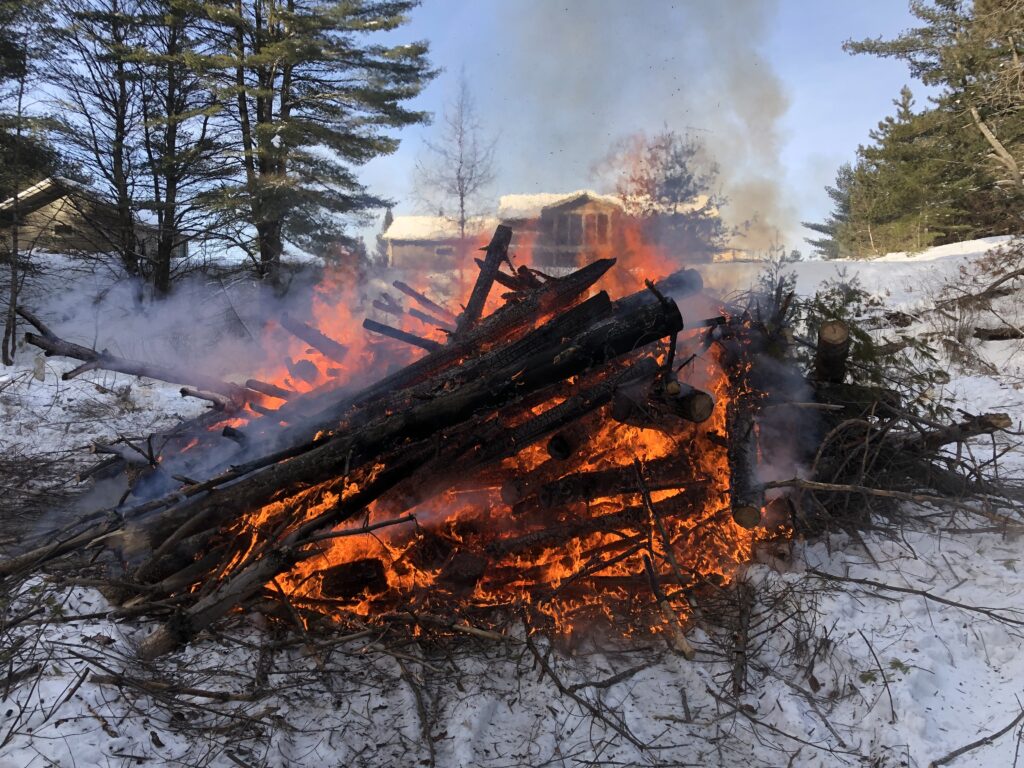
Taking advantage of wet weather to conduct debris burning is a safer option.
In Wisconsin, spring fire season typically lasts from snowmelt to “green up” (when the grasses are green and leaves are budding out again). Many parts of our state are still experiencing drought conditions, even coming out of winter. Fire officials will be suspending outdoor burning as needed when fire danger conditions become elevated.
For more information, contact Catherine Koele, fire prevention specialist or Jolene Ackerman, wildland urban interface specialist.

 • Gather and pile brush in an open area away from over-hanging branches.
• Gather and pile brush in an open area away from over-hanging branches.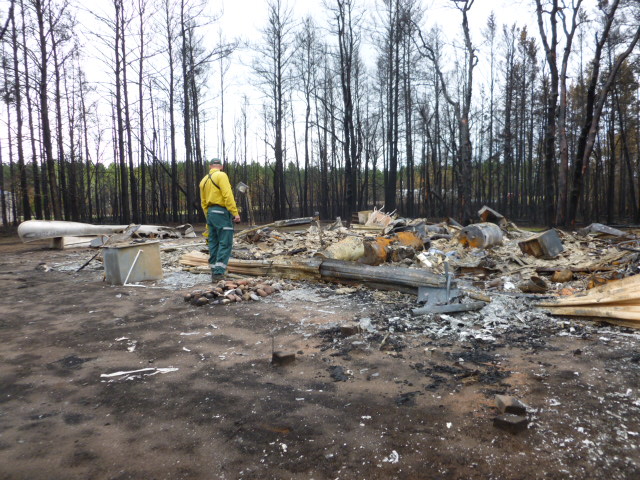
 Spring is the peak wildfire season in Wisconsin, and we all play a part in reducing wildfire risk. This time of year, there is still a great deal of dead vegetation that dries out quickly and is available fuel for a wildfire.
Spring is the peak wildfire season in Wisconsin, and we all play a part in reducing wildfire risk. This time of year, there is still a great deal of dead vegetation that dries out quickly and is available fuel for a wildfire.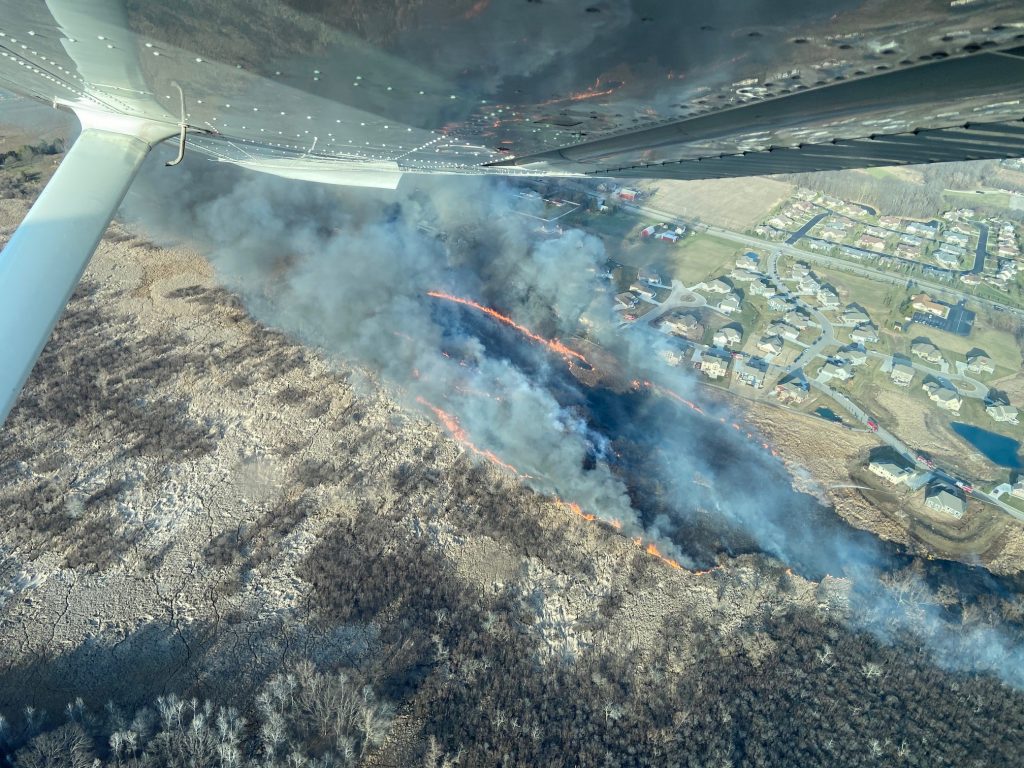
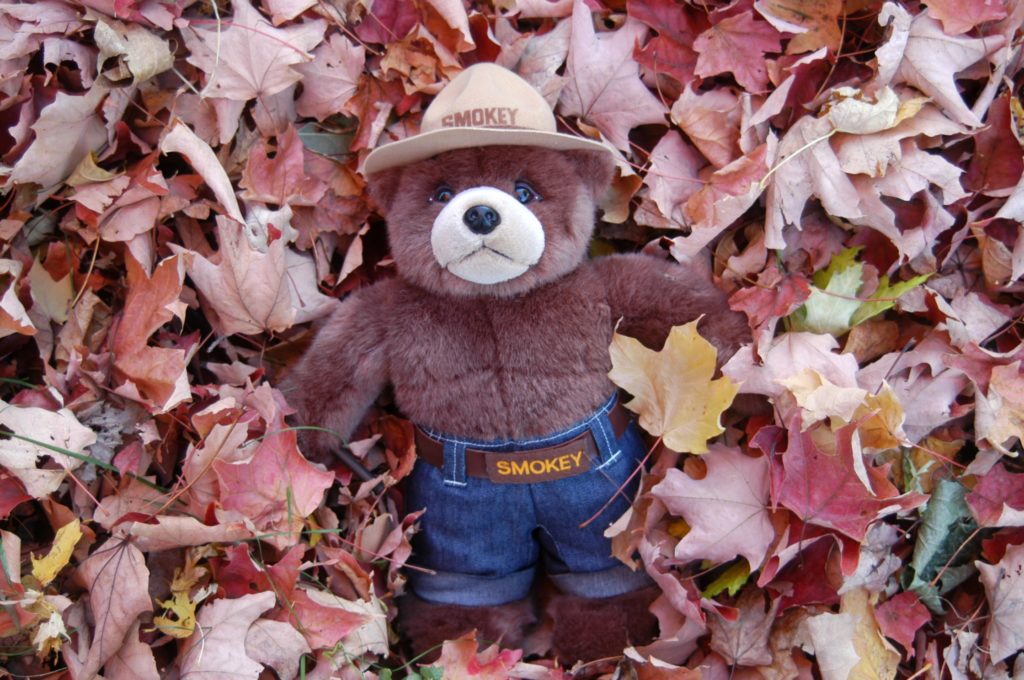 Wildfires can occur any time of the year when the ground is not snow covered. Wildfires are more likely to start when people burn leaves and brush, leave campfires unattended, dump wood ash outdoors, or operate vehicles or equipment near wildland vegetation. Wildfires are more likely to spread when there is an abundance of dead vegetation around to carry the flames.
Wildfires can occur any time of the year when the ground is not snow covered. Wildfires are more likely to start when people burn leaves and brush, leave campfires unattended, dump wood ash outdoors, or operate vehicles or equipment near wildland vegetation. Wildfires are more likely to spread when there is an abundance of dead vegetation around to carry the flames.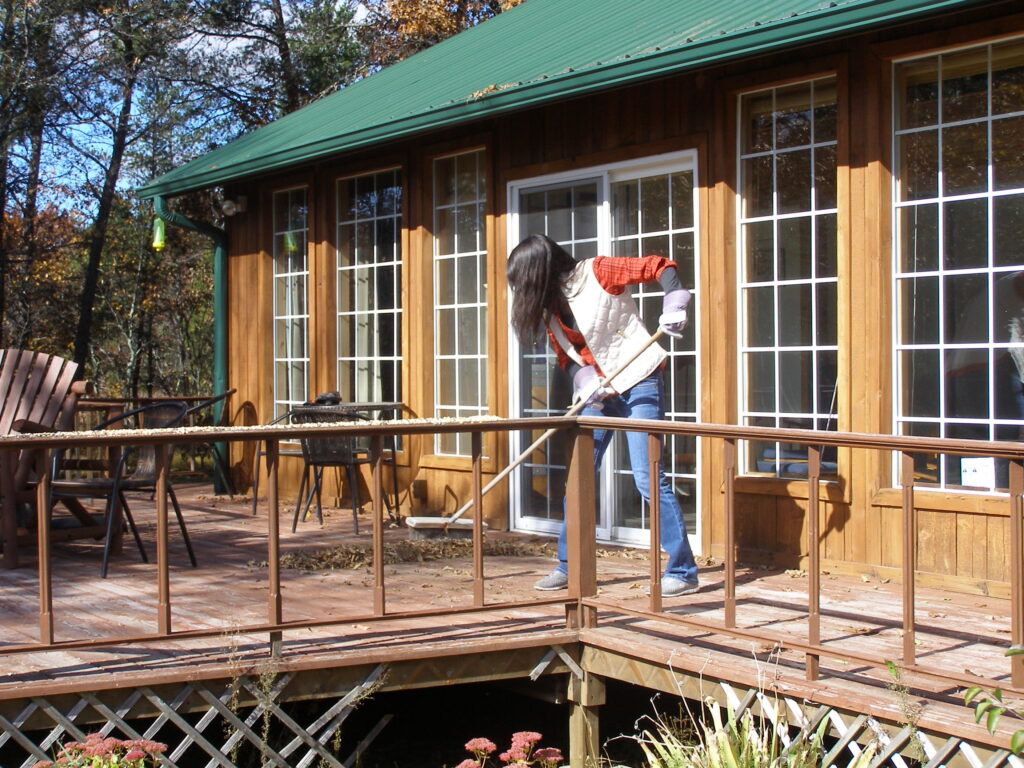
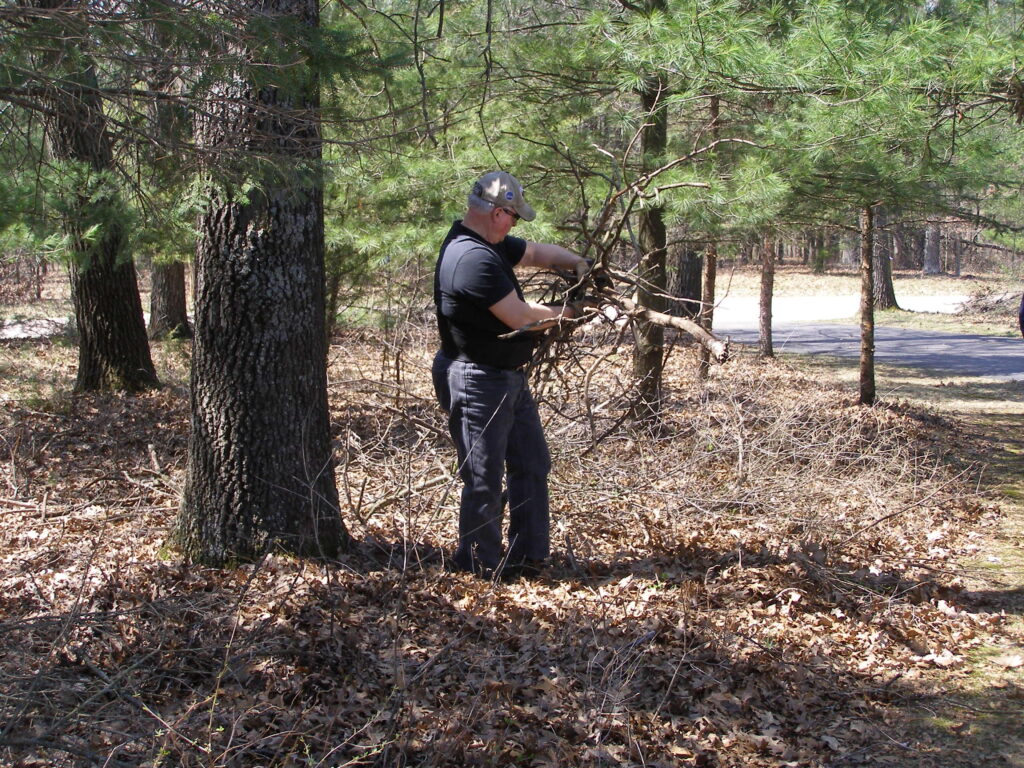
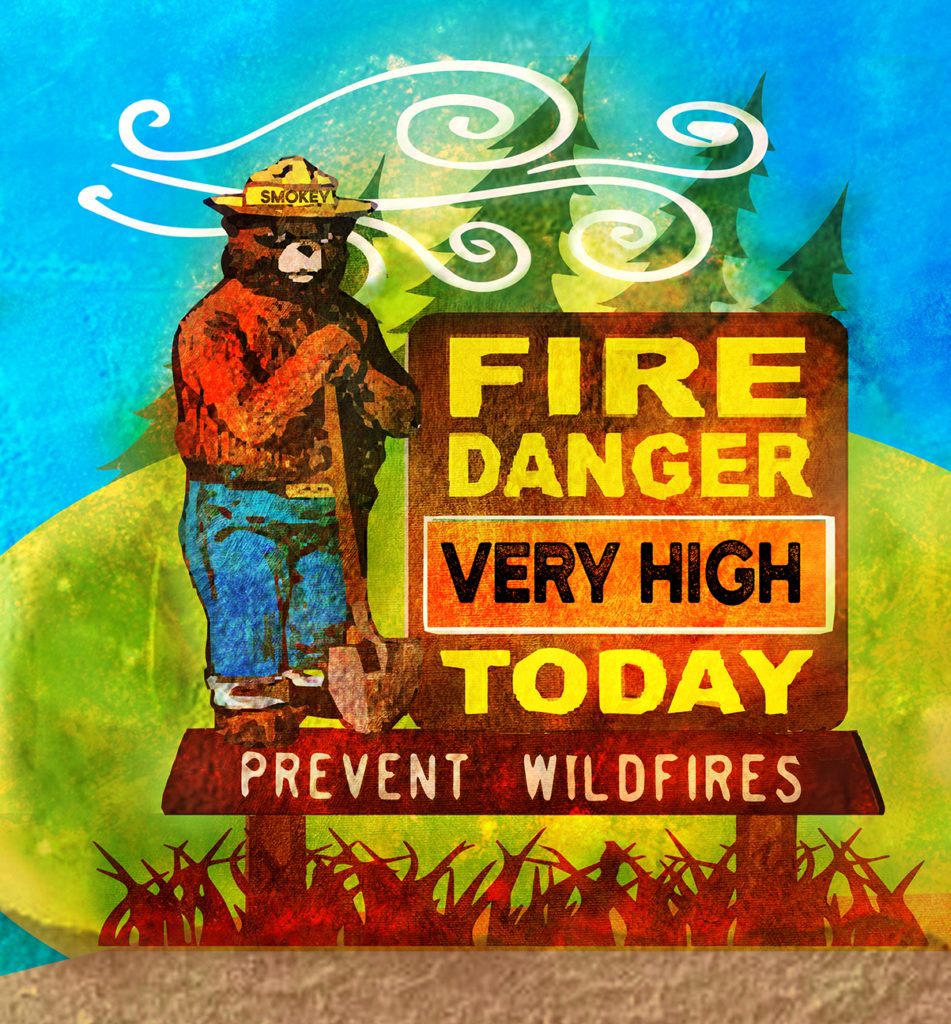
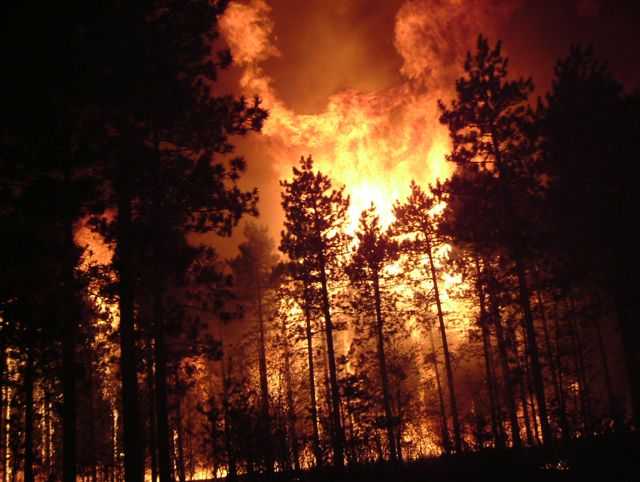 Warm, dry weather predicted for the next few days will increase fire danger across the state. So far this year 225 fires have burned 442 acres in DNR protection areas (approximately half the state); 7 buildings have been destroyed and another 120 homes and other buildings have been threatened but saved with firefighter assistance. Debris burning has been the most common cause (42 percent of all fires) even as burning permits have been suspended. Equipment has been the second most common cause (23 percent of all fires). Other minor causes include power line, railroads, campfires, and ash disposal. As the vegetation dries out on the days we don’t receive rain, expect fire danger to increase, particularly in areas where standing dead grass and other dry vegetation remains.
Warm, dry weather predicted for the next few days will increase fire danger across the state. So far this year 225 fires have burned 442 acres in DNR protection areas (approximately half the state); 7 buildings have been destroyed and another 120 homes and other buildings have been threatened but saved with firefighter assistance. Debris burning has been the most common cause (42 percent of all fires) even as burning permits have been suspended. Equipment has been the second most common cause (23 percent of all fires). Other minor causes include power line, railroads, campfires, and ash disposal. As the vegetation dries out on the days we don’t receive rain, expect fire danger to increase, particularly in areas where standing dead grass and other dry vegetation remains.
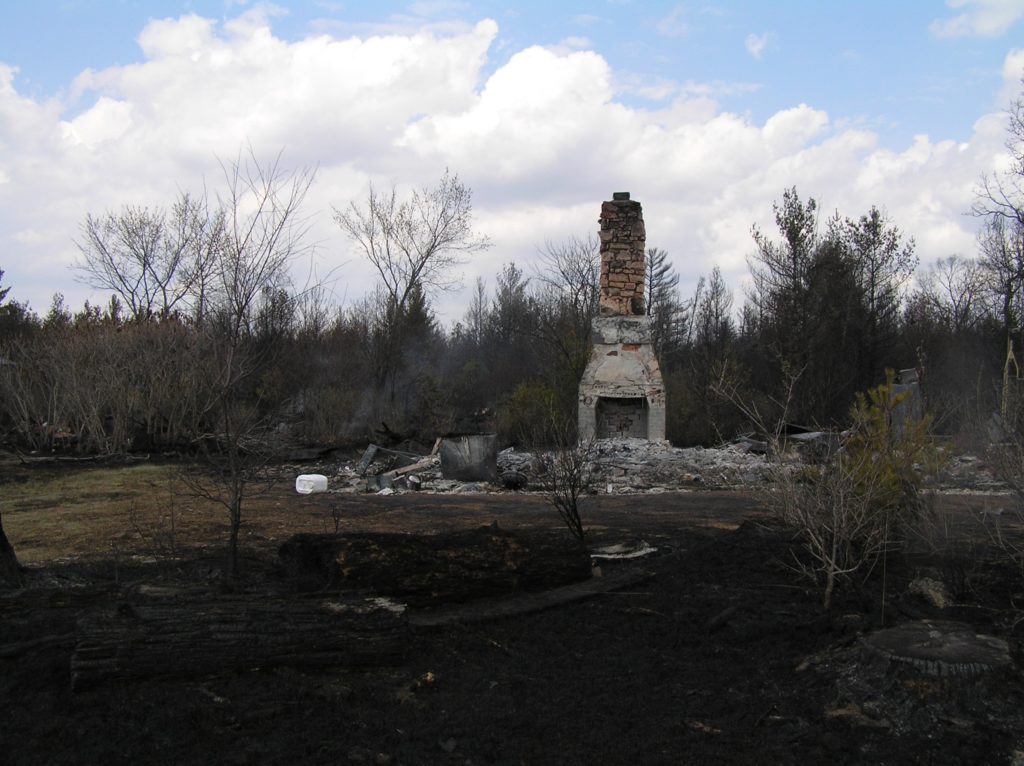
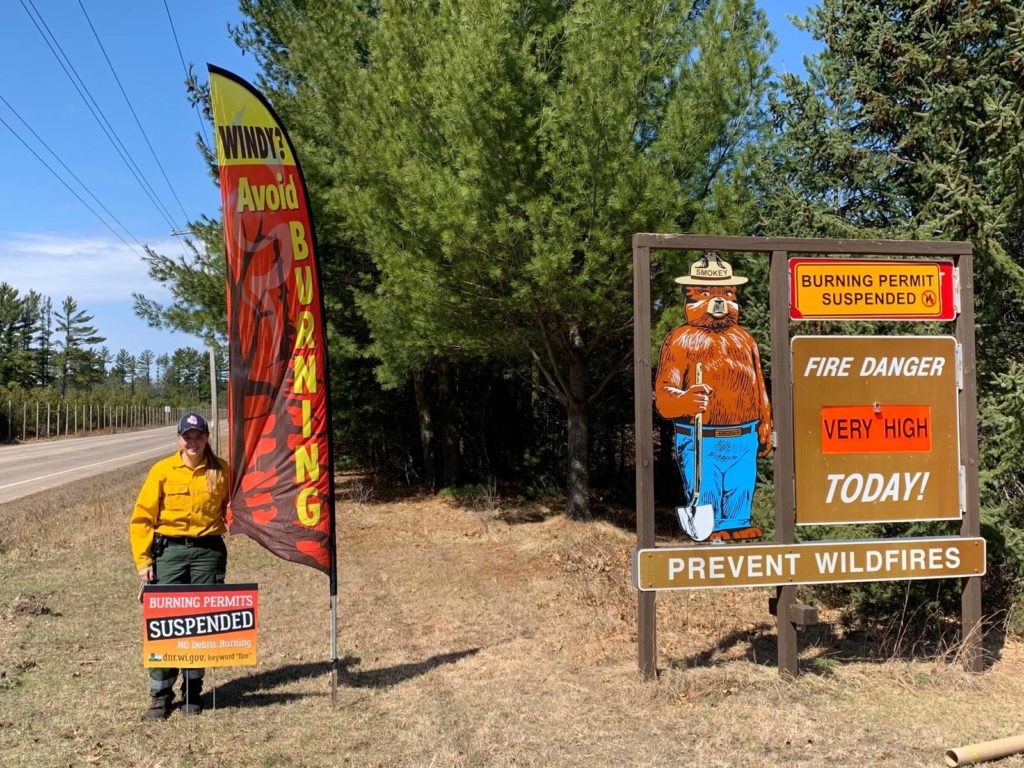 In the last week, there were nearly 50 wildfires across the state. Strong, gusty winds, low humidity and dry conditions mean that fire danger throughout Wisconsin remains Very High today and tomorrow (4/20-4/21). Although rain is in the forecast, grasses and other vegetation can dry out very quickly allowing fires to escape and grow rapidly.
In the last week, there were nearly 50 wildfires across the state. Strong, gusty winds, low humidity and dry conditions mean that fire danger throughout Wisconsin remains Very High today and tomorrow (4/20-4/21). Although rain is in the forecast, grasses and other vegetation can dry out very quickly allowing fires to escape and grow rapidly.